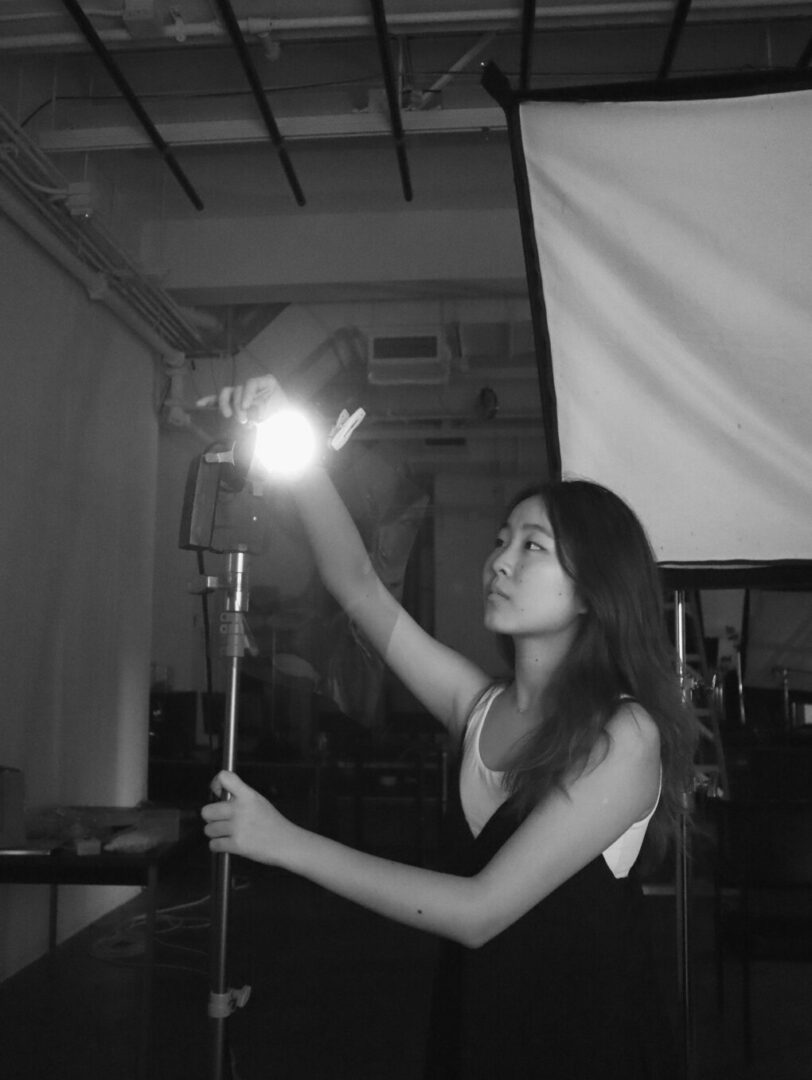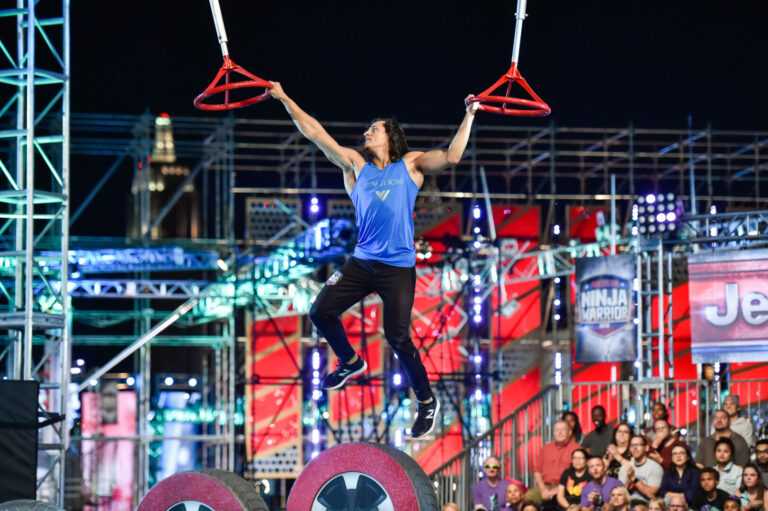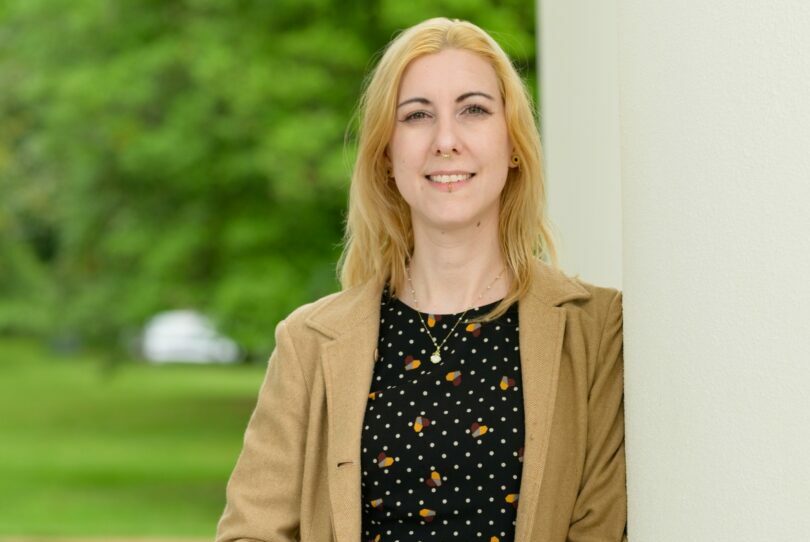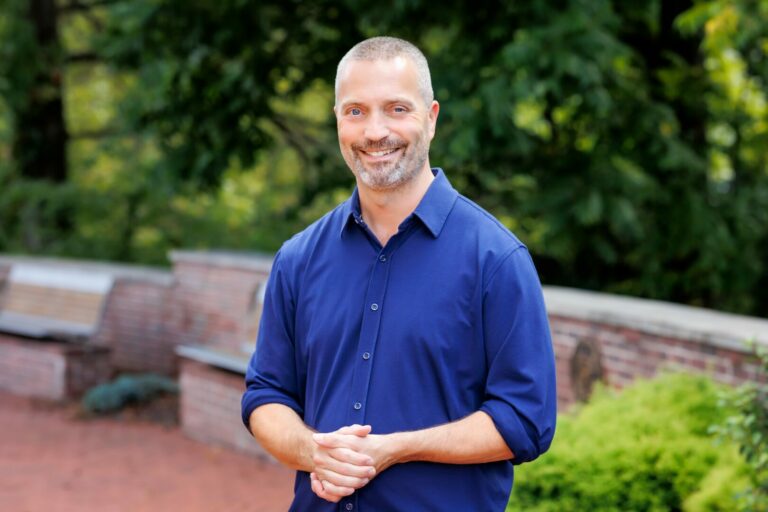We caught up with the brilliant and insightful Yichen Pan a few weeks ago and have shared our conversation below.
Yichen, so excited to have you with us today. So much we can chat about, but one of the questions we are most interested in is how you have managed to keep your creativity alive.
From a young age, I’ve been a big fan of fantasy films and fiction. They’ve shaped how I view the world and approach my work, inspiring me with their ability to create “other” realities—worlds where people feel empowered, connect with emotions, and imagine new possibilities. This love for world-building led me to the field of interactive media and games, where I can design immersive experiences that evoke the same wonder and agency I’ve always admired in those stories.
To keep my creativity alive, I stay connected to those stories that inspire me while exploring new ways to experience storytelling. Places like escape rooms, themed entertainment, and live theaters are some of my favorite sources of inspiration. They are rich, immersive worlds that engage audiences in unique and different ways. Escape rooms bring the thrill of discovery and problem-solving, themed entertainment tells stories through large-scale, intricately detailed environments designed for mass accessibility, and live theatres strengthens human interactions through shared energy embodied in live performance. These experiences inspire me a lot to think creatively about how to connect with players in hybrid spaces.
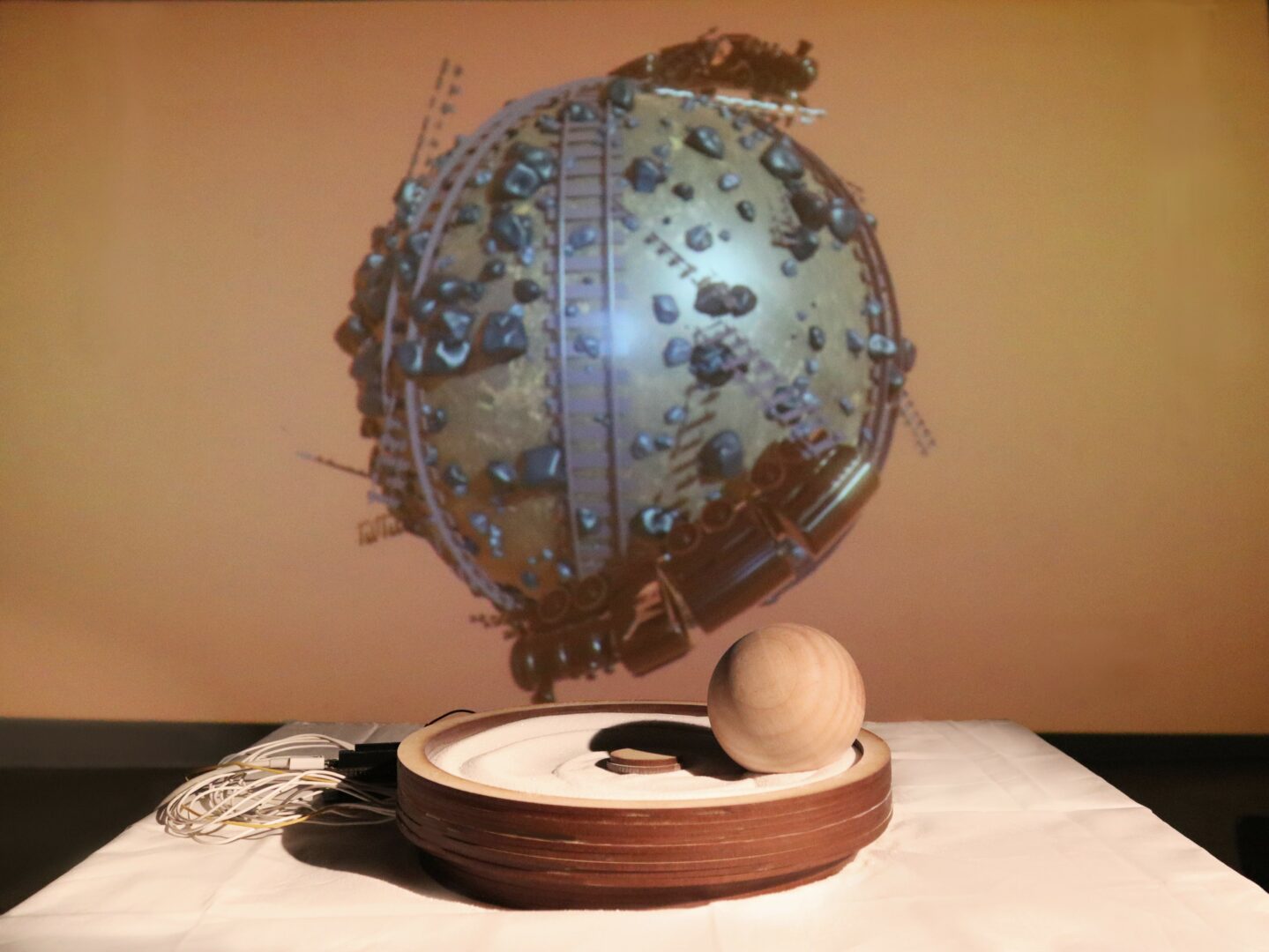
Let’s take a small detour – maybe you can share a bit about yourself before we dive back into some of the other questions we had for you?
I’m a game designer and multimedia artist based in Los Angeles, currently pursuing an MFA degree in Interactive Media & Games at USC School of Cinematic Arts. My works span from games, animation, virtual realities, and hybrid installations, with a focus on interactive and immersive storytelling that creates empathy.
Whether working in digital or physical spaces, I’m especially interested in player agency and power dynamics in interactive experiences. The balance of control, how much is given or taken, creates a dynamic exchange of energy that shapes how players engage with a world. I see games and media arts as third spaces where custom rules come into play, allowing me to design experiences where players feel seen, connected, and safe to share their emotions while immersing in the stories I create.
I also have a passion for making custom controllers that go beyond keyboards and mice. From sand to inflatables, I explore unconventional interfaces that embrace uncertainty and re-imagine how players interact with games, making “play” more tactile, fresh and exciting.
This March, I’m excited to showcase my sandbox controller and immersive 3D game ‘Wind Will Tell’ at the alt.ctrl.GDC Expo in San Francisco. Let me know if you’re attending GDC! I’d love to connect and share more about it in person.
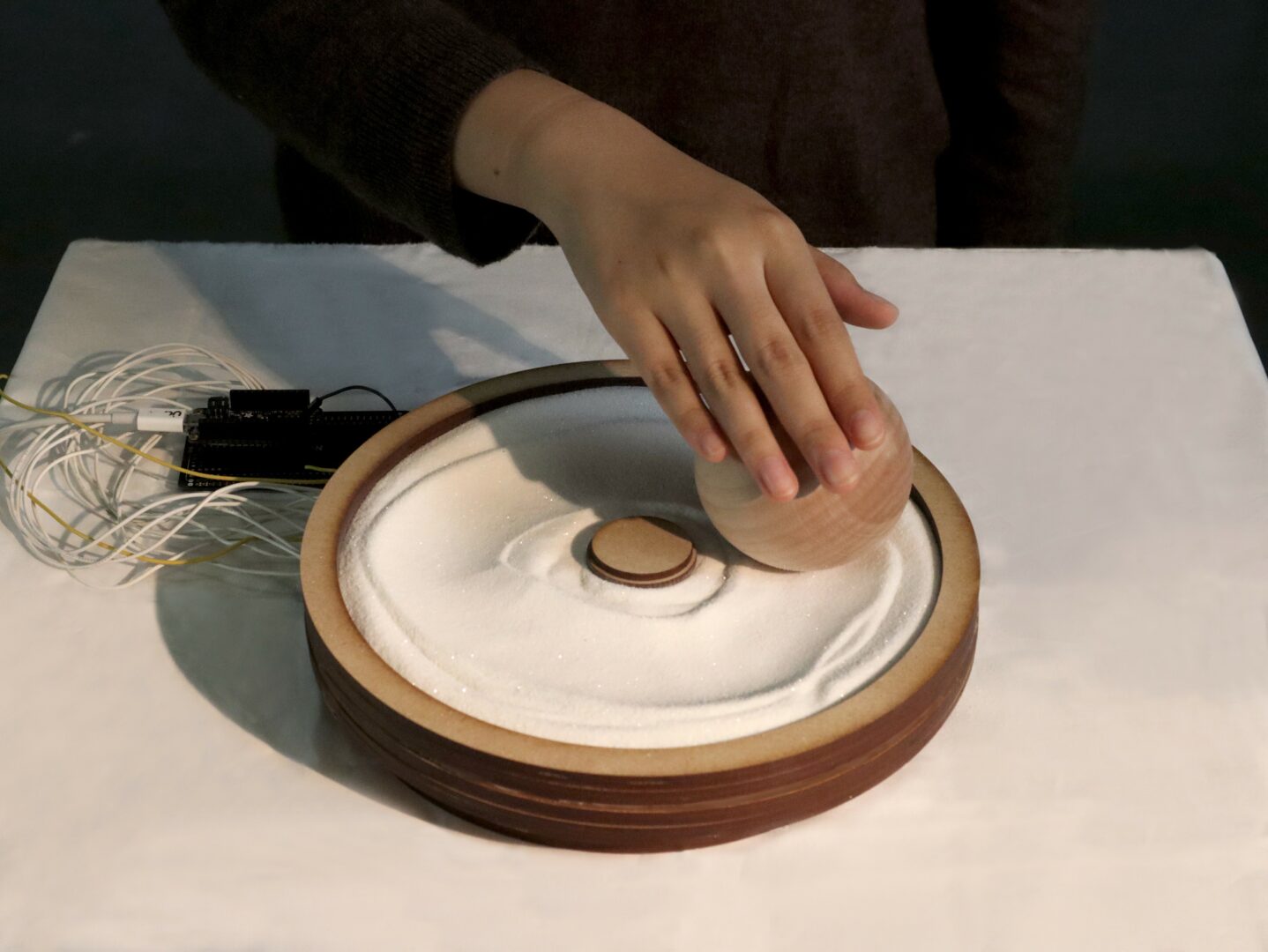
If you had to pick three qualities that are most important to develop, which three would you say matter most?
I think the first quality is being bold and playful. For me, this means not being afraid to take risks with experiments. Design is an open process, and you never know where an idea might lead you until you test it out. I enjoy janky prototypes or sketching ideas if anything comes to mind. Playing around is also part of my learning process, as some of my favorite projects came from experimenting with different mediums and discovering something unexpected.
The second is leaving space for rest. Creativity ebbs and flows. When I feel stuck, stepping away for a while helps. Whether it’s dancing, going to a live concert, getting lost in a film, or taking a road trip, those moments of recharge always bring back that spark for me.
The third is learning to collaborate and build communities. Good collaboration creates an environment where people feel valued and inspired to contribute. I’ve had some of my most rewarding experiences being part of a team that adapted, supported each other, and turned challenges into opportunities. Collaboration is essential, especially in fields like game development and mixed media arts, where projects bring together so many different skill sets. For anyone starting out, I’d suggest taking on a small role in a collaborative project. It’s a great way to figure out your strengths and see what excites you, while also getting inspired by what others are doing!
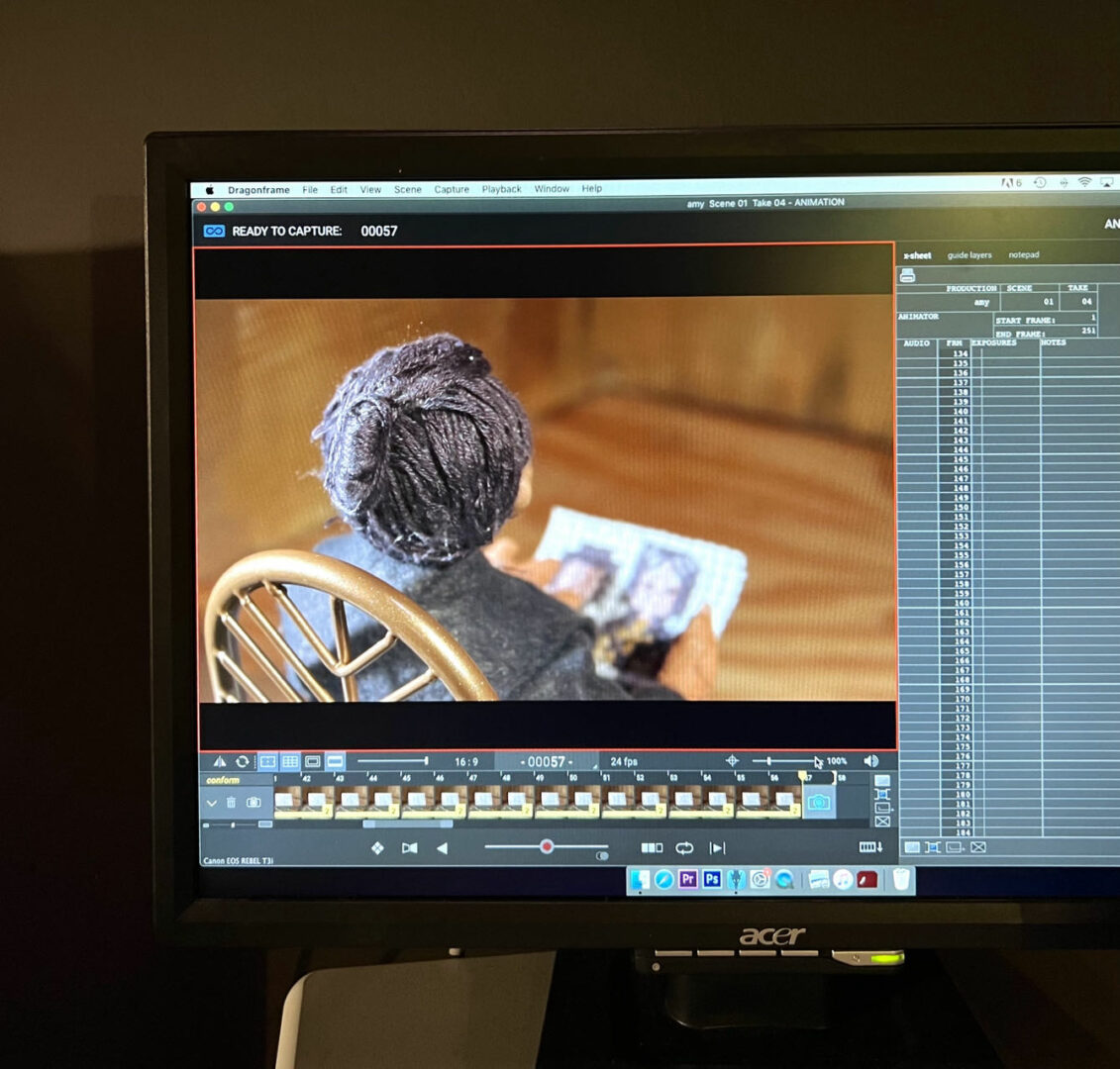
Do you think it’s better to go all in on our strengths or to try to be more well-rounded by investing effort on improving areas you aren’t as strong in?
I believe it’s worth going all in on our strengths. When you lean into what you’re naturally good at, it’s easier to find passion and fulfillment because you’re building on what already motivates you.
For me, my creative strength is storytelling, specifically creating moments that evoke empathy and emotional resonance. Instead of pushing myself to create mechanics-heavy games, I focused on designing experiences that emotionally connect with players. I love hearing feedback when players reflect and feel something meaningful during these interactions, which makes the process deeply enjoyable. It’s the kind of work where I lose track of time because I’m so immersed in it.
That said, I do think addressing areas of weakness is valuable, especially when it aligns with your larger goals. For example, I’ve taken time to improve technical skills like coding in C# and using Blueprints—not to become a coding master, but to enhance the storytelling aspects of my projects. It’s about using the right tools to elevate your strengths while staying true to what makes you and your work unique.
Contact Info:
- Website: https://yichen-pan.com
- Linkedin: https://www.linkedin.com/in/yichen-pan/
- Other: Email: [email protected]
discord: @mycp.itch.io: https://yichenp.itch.io/

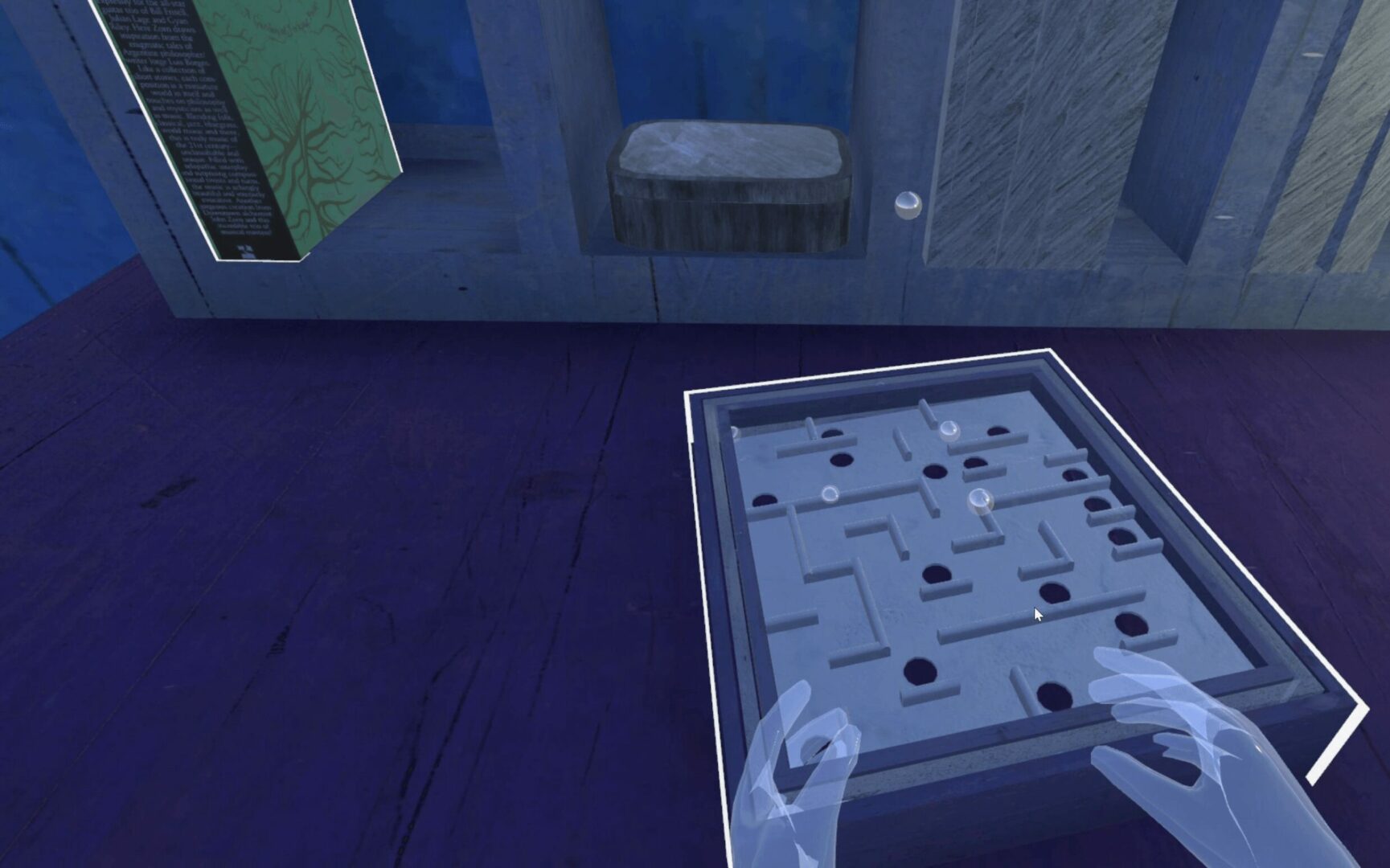
so if you or someone you know deserves recognition please let us know here.

